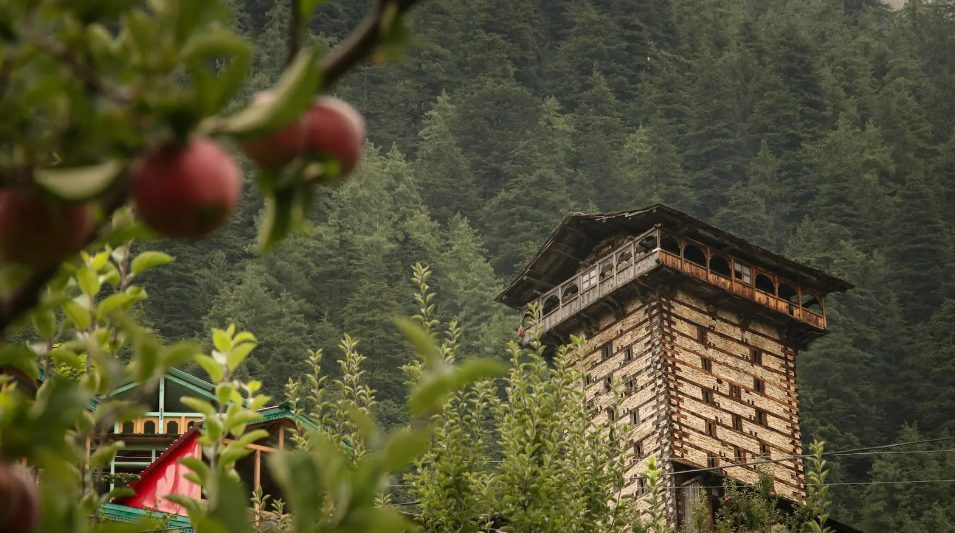
©BBC News, Tarang Mohnot
Pre-reading questions:
- Could you tell me about your community?
- Do you think we can prevent earthquakes?
Vocabulary:
- community /kuh-MYOO-ni-tee /
- earthquake /URTH-kweyk /
- maintain /meyn-TEYN/
- survive /ser-VAHYV/
- proof /proof/
[noun] – the people living in one particular area or people who are considered as a unit because of their common interests, social group, or nationality
He did it for the interests of the community.
[noun] – a sudden violent movement of the earth’s surface, sometimes causing great damage
Many buildings fell down during the earthquake.
[verb] – to continue to have; to keep in existence, or not allow to become less
Big houses are expensive to maintain.
[verb] – to continue to live or exist, especially after coming close to dying or being destroyed or after being in a difficult or threatening situation
These plants cannot survive in extremely cold conditions.
[noun] – a fact or piece of information that shows that something exists or is true
Keep the receipt as proof of purchase.
Article reading:
A deadly earthquake struck Himachal Pradesh, an Indian state located in the western Himalayas, in 1905. Even what appeared to be solid concrete structures fell like houses of cards. Only structures that were constructed using the conventional, centuries-old technique known as kath kuni in the Himalayas were discovered. Naggar Castle, built more than 500 years ago as the home of the region’s powerful Kullu rulers, survived that catastrophe untouched. Officers from the Geological Survey of India were surprised that the castle and other kath kuni residences within the quake’s radius did not sustain any seismic damage. Naggar Castle is now a hotel and a well-liked tourist attraction. Its rustic walls, which are constructed of flat-stacked grey stones and earth-toned wood planks, are proof that some things never go out of style.
Through the ages, the construction technique has been passed down. The practice is declining, though, as concrete homes with flat roofs have become more common in many places. Since the raw materials for kath kuni have become harder to locate and more expensive, many individuals are making desperate attempts to protect their identity by covering their concrete homes with stone tiles and wood-finish wallpaper.
Comprehension questions
- Who maintains a millennia-old building style?
- What struck Himachal Pradesh in 1905?
- When was Naggar Castle built?
- Why were the officers from the Geological Survey of India surprised?
- Why is the practice declining?
Discussion questions
- Have you experienced an earthquake? If so, could you tell me about it? If not, could you tell me what to do during an earthquake?
- Could you tell me about earthquake-proof buildings in your country?
- Would you like to have an earthquake-proof house like Naggar Castle? Why or why not?
- Do you believe that kath kuni is timeless?
- Do you think the ancient earthquake-resilient design of the Himalayas will last forever? Why or why not?